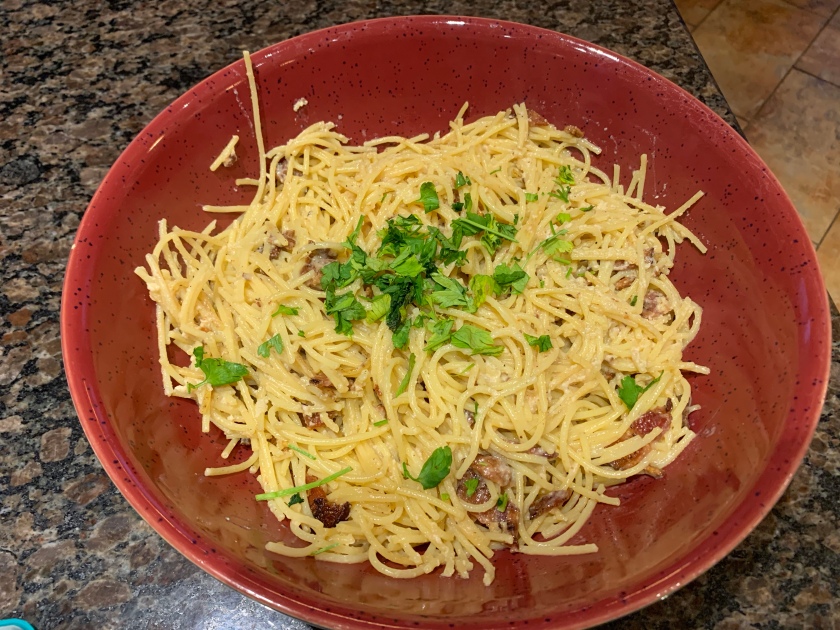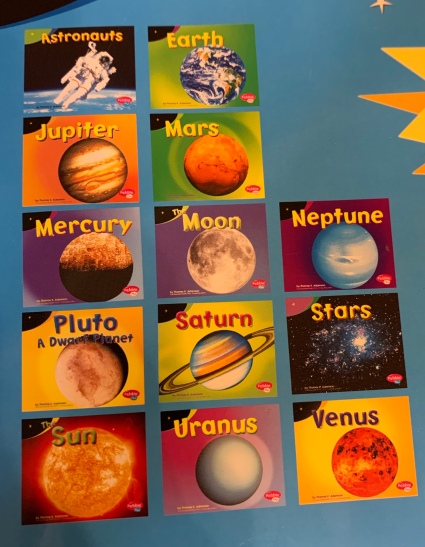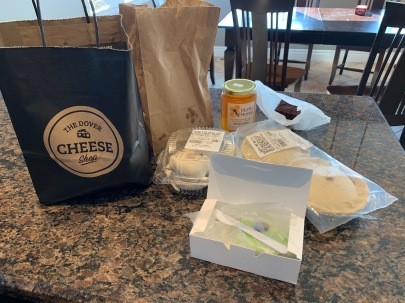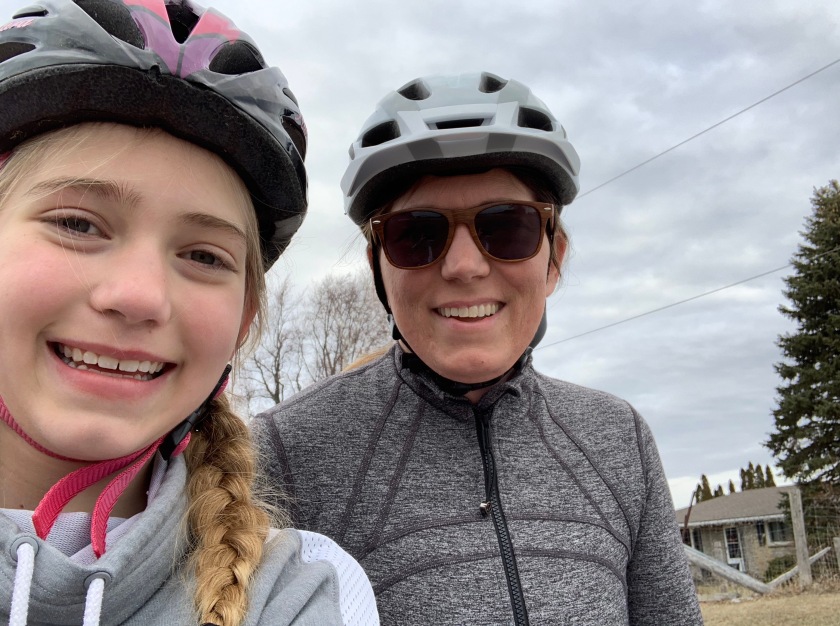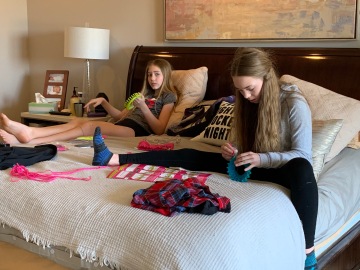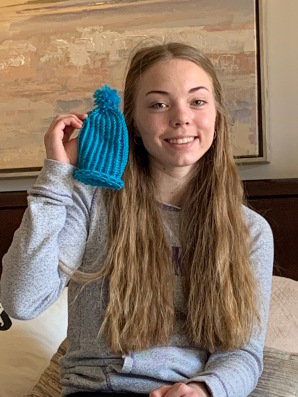One of more difficult aspects in the move to the Full-Day Early Learning Kindergarten Program is the change in planning. In the former program teachers use to select themes to base their year around and planned the entire year out. Long Range Plans were done in a similar way to older grades. In the new program the students are the leaders. We follow their lead in their play and inquiry and it is our role as educators to guide them while making sure we are addressing the curriculum expectations.
The team should use inquiry-based learning to build on children’s spontaneous desire for exploration and to gradually guide them to become more focused and systematic in their observations and investigations. pg. 15
Planning is still very important in Kindergarten, however built into the planning there needs to be flexibility. The students are the leaders and often the best learning takes place when they are following their own questions and inquiries.
Long-range planning is helpful, especially for new teachers, to understand the ultimate goals for the end of the school year. What knowledge and skills are students expected to know going forth into grade 1? What knowledge and skills in the Kindergarten program need to be developed before other skills? For example before estimating quantities students need to understand that quantity is greater when counting forward and less when counting backwards.
Note: In Kindergarten students are not coming from a previous grade so they come with a wide variety of background knowledge. Teachers should be very aware of this when planning.
In some school boards a math alignment may be provide to aid with long range planning (Grand Erie Math Alignment). This can be very helpful in seeing progression through the year and also through the grades. In saying this flexibility is key and sometimes changes need to be made – this is OK. Last fall we had a variety of different apples out at an exploration centre. We didn’t expect students to start comparing the different weights of the apples. We took this opportunity to delve into a unit on weight. We normally would teach weight later in the spring but this was what the children were interested in so we got out the balances and scales and had a great engaging study of the measurement of weight.
Unit Planning in Kindergarten is important, but again flexibility is important. It is very important throughout a unit to have a solid understanding of the curriculum and the Big Ideas. An understanding of what knowledge needs to be covered is important, however, to ensure your math program is the most engaging for students it is important for teachers to be flexible in instructional tasks. One example is the unit in our class we recently finished on sorting. Much of our unit was planned around sorting buttons. Part way through our unit our students showed an interest in the pumpkins growing in our community. We continued our unit on sorting however instead of buttons we started sorting different types of seeds, including pumpkin seeds of course. We were still developing the same skills of sorting and describing attributes however the specific tasks changed.
In planning daily math lessons it is important to use a variety of structures, teaching strategies and groupings. Traditional lessons including teacher demonstrations and rote learning still have a role in math lessons. Every day in our Kindergarten class we add a new number to our hundreds chart. Through this 5 minute routine we are learning how to print our numbers, counting, and patterns in numbers. Only by lots of practice do students learn number order and how to print and recognize numbers.
When developing more complex mathematical ideas structures such as three-part lessons help students create their own understanding. A traditional 3-part lessons includes the following parts:
- Getting Started (10-15 minutes): Whole class lesson to introduce idea and problem.
- Working on It (30-40 minutes): Students actively engaged in a task
- Reflecting and Connecting (10-15 minutes): Students share ideas and understandings
In a Kindergarten classroom 3 part lessons can be valuable but they do need to be modified slightly. With our youngest learners they are very limited in how long they are able to stay engaged in a task. A large group / whole class lesson can be used to introduce a problem. The largest change would be in the working on it section. Sometimes students are given a small problem that can be solved in 10 minutes. Other times a problem is explored during exploration/play time as students choose to visit the centre. There are even times that a problem is explored over a number of days. The important part is that students are engaged in working through the problem. As they are working on it, educators are documenting student work, observations and conversations. This all is brought together in the reflection and connecting stage. This can take place at the end of the same block of learning, at the end of the day or at the end of a number of exploration blocks.
In conclusion, effective and purposeful mathematics planning is very important in Kindergarten teaching but it always needs to be flexible and adaptable to student developmental needs and interests.
